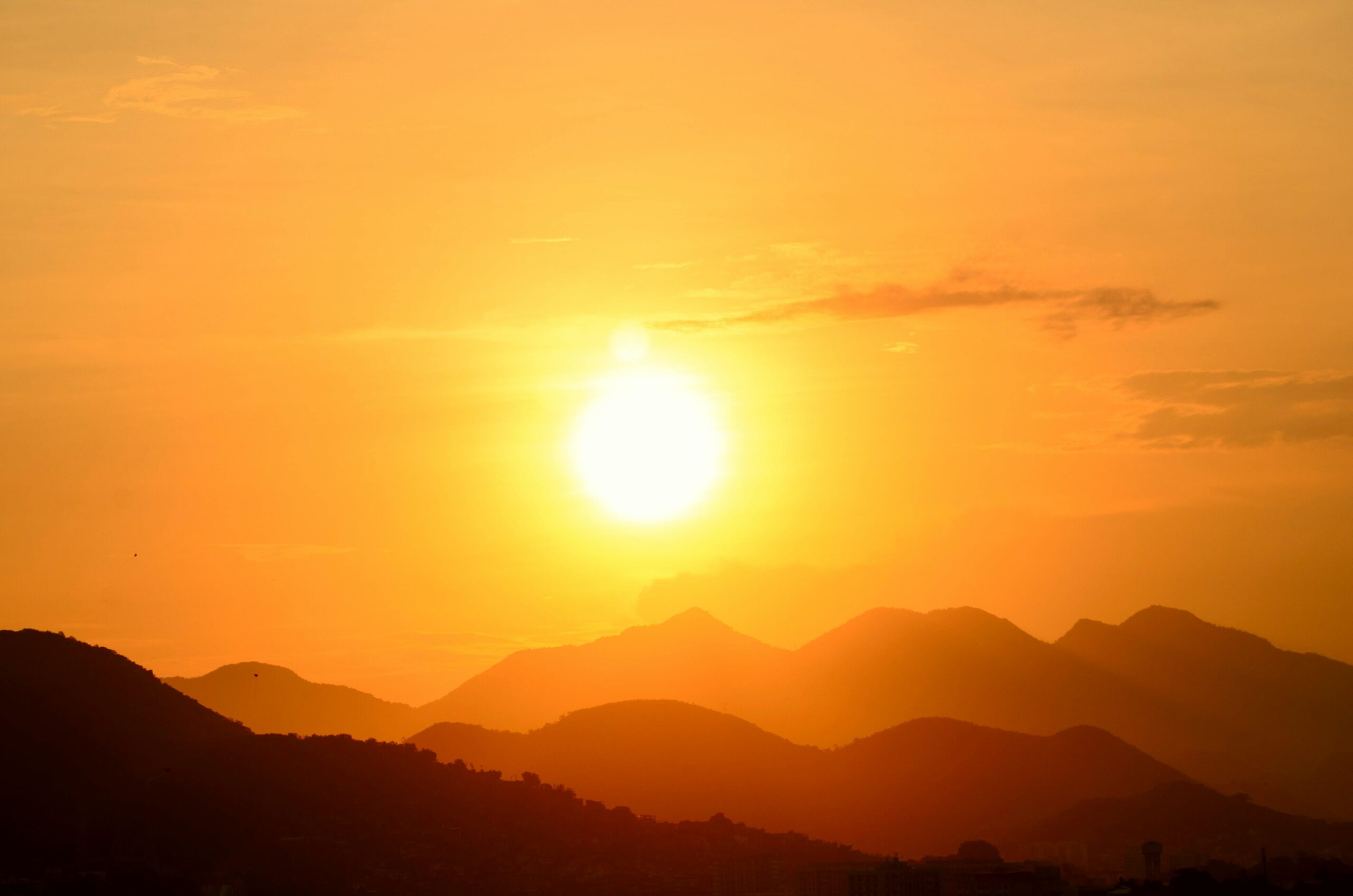
At present, many jurists, scholars and even common men have begun to think that there is a need for reviewing the Constitution of India, because it is considered to be a growing and evolving organism. When people are not satisfied form the present state of affairs, it becomes natural for them to think about future. A debate has started to answer the burning question as to whether any change in the form of government should be made switching over from the Parliamentary form of Government to the Presidential system.
We have adopted the Parliamentary form of government and judicial systme from england, whereas doctrine of federalism, judicial review and fundamental rights have been borrowed form USA Parliamentary system of government is the key feature of our political phenomenon. At the time of freedom of India, our constituent Assembly had pre-empted the parliamentary democracy from British political system. Leaders of India had also choosen this model of democracy because they were already familar and experienced of operating the Parliamentary institutions.
The democracy of India has been facing many hurdles in the smooth working of the Governement and feels that it is under severe strain. For how many days, months or years the coalition ministry will rule, cannot be said with certainly and firmness. Many a time, the ruling parities are not in a position to have requisite majority seats in the Parliament. But, in spite of it, they want to rule the country. Then it becomes necessary for them to take help of the other political parties or independent MPs who have thier quite different backgrounds, idealisms and vested interested. Some times,it is clearly felt by the public that they are more Interested in achieving political powers rather than progress and welfare of the nation. Lust of the power and the chair prevails over the common good of the society. In the electoral process, money and muscle power dominates over the mental power and even humanity. Many a time, undesirable and uncalled for scenes are created by the law-makers in the Parliament. In place of reasoned debates, the indisciplined activities have become day to day feature on the floor of the Parliament. Politicians and bureaucrates are being corrupted to a large extent. Judiciary is burdened by the weight of its own files together with dilatory and procedural defects. Some times, it is observed that when politicians and business magnets are glove in handl, due to quota, license and permit systems prevalent in our democracy, then the grip on our present day democratic system becomes more strainful and alarming.
Against Parliamentary system of the Government, it is argued that this system is the major cause of instability of the democracy and increase of undesirable money and muscle power. In the lok Sabha Elections of 1996 , one party dominance of the congress party at the centre has virtually ended. This apart , in the years 1977 to 1979 and 1989 to 1991, there were instability periods in the political picture of India. Instability of India is well proved by the short time-spang and functionings of the regimes of Deve Goda and Gujaral Governments. Then , Shri Atal Bihari Vajpayee came as Prime Minister of India with his minority Governement. Many a time, his Government proved to be incapable to take major and crucial decisions. Time and again, it becomes necessary to change the ministers and their port folios and to increase their numbers, making the exchequer of the country more burdensome at the cost of progress of the nation and welfare of the society. Formation of coalition government has now become to daily routine. The idealisms of the political parties of State Legislatures are quite different from that of the Central Parliament.
According to K.M. Munshi, the experiment of Parliamentary system of Government has totally failed in India. Presidential form of government is the only via media for the same. It is a fact that the coalition Governments, many a time, generate political instability , which further create compelling occasions for declaring the President’s rule, which has its own drawbacks and demerits. Coalition Governments cannot be firm neither in policy making nor in law-making and they generally prove weak in administration, discipline and fim-determination due to fear of political instability and idealisms. Shri A.R. Antualy the ex. chief minister of maharashtra was the first congress leader, who advocated for the Presidenttial system of Government in place of parliamentary form of Government.
There are some advantages of the presidential systems of the Government. It enables the President to equip himself with the cabinet of the persons having extra-ordinary celebrity and integrity . Since , the cabinet Ministers are not elected, they will not be political minded and they can be absorbed for governing the country. The persons who are only concerned with money, muscle and political power can be shunted out of the Cabinet.Shri vasant Sathle also speaks in favour of Presidential form of the government, only with one rider that the President should be directly elected by the people of the country.
